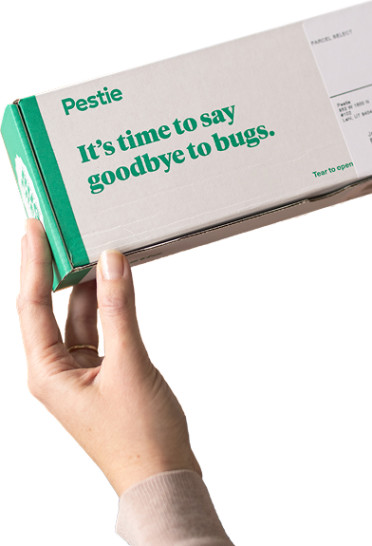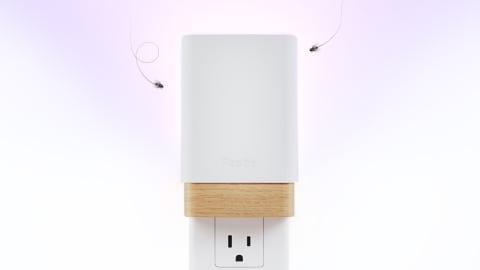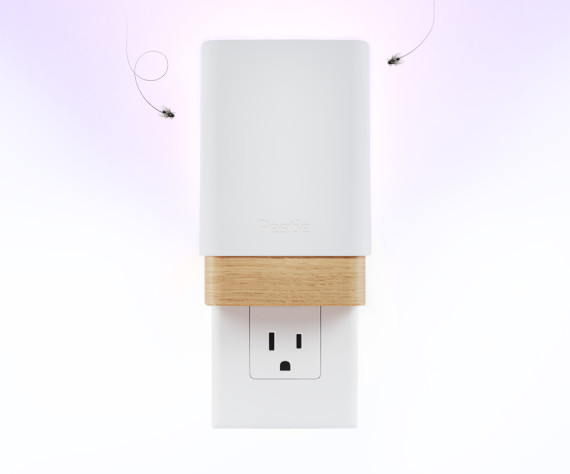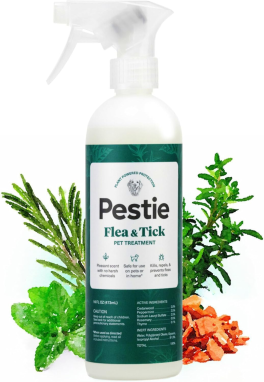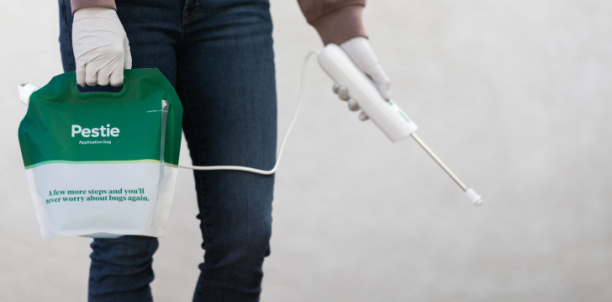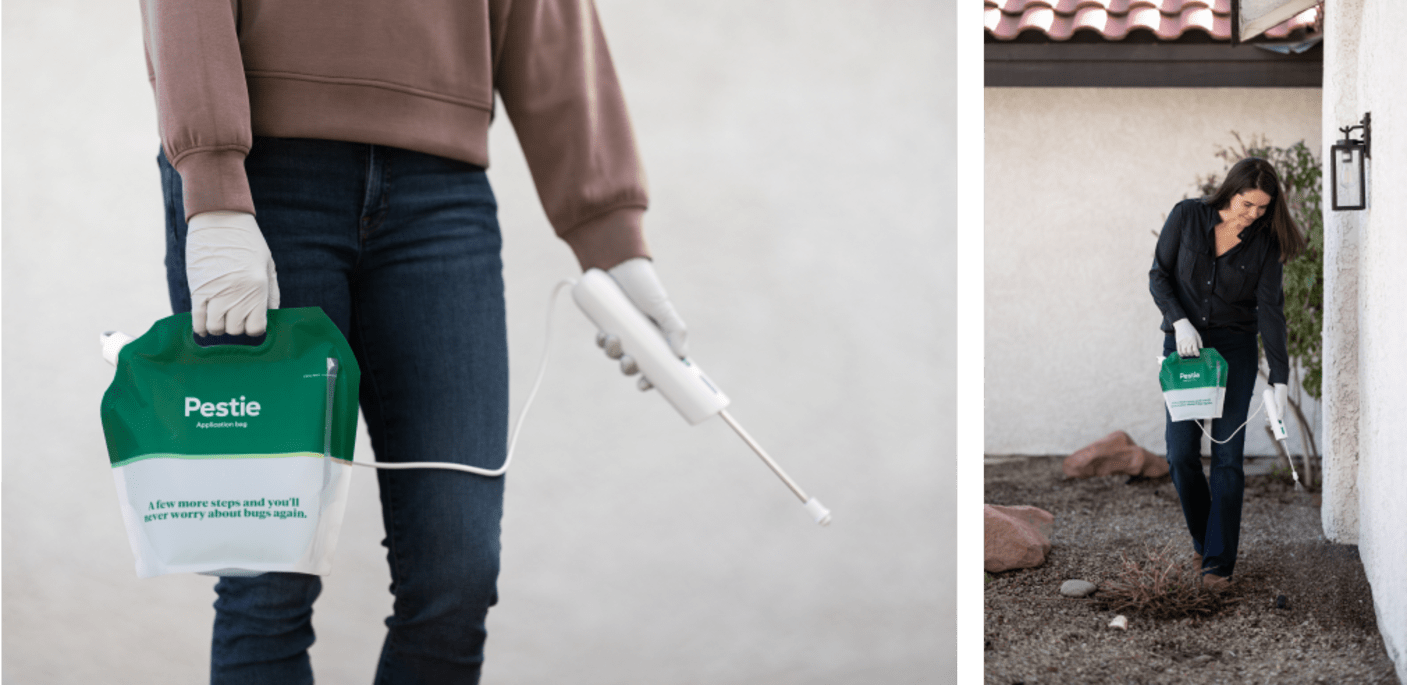How to identify and treat western conifer seed bug
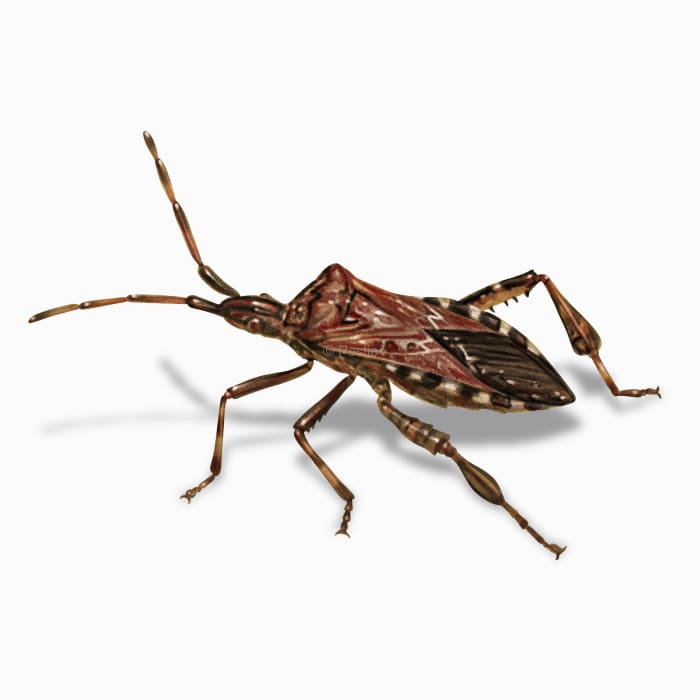
Unwanted winter guests: keeping western conifer seed bugs at bay
When the leaves start to turn, and the air gets chilly, you might notice an interesting visitor trying to sneak into your cozy home. We're talking about the western conifer seed bug.
What might look like an assassin bug ready to strike is actually a sap-sucking, leaf-footed bug. When they fly about, their buzzing is loud, and their markings are striking.
Western conifer seed bugs are native to the conifer forests west of the Rocky Mountains, but over time, they have hitchhiked and traveled throughout the U.S.
Throughout its life, these bugs suck the sap from developing conifer cones, making the seeds grow deformed.
They can often become a nuisance pest in the fall, migrating into buildings to look for overwintering spots. While they aren't harmful to us, our property, or our pets, they can release a foul smell if you try to remove them.
How to identify western conifer seed bugs
Western conifer seed bugs have a portion of their back legs flattened, resembling a leaf. They are a dull brown color, but when they spread their wings, they have a black and yellow pattern underneath them. On each of their wings, there is a white zigzag pattern.
If you start finding these bugs hanging around your windows or doors as the weather gets cooler, they might try to sneak inside to stay warm.
How big are western conifer seed bugs?
They can get up to 3/4 inch long.
What other pest looks like a western conifer seed bug?
These bugs might look very similar to assassin bugs or stink bugs. Most assassin bugs have a spiked well on their back, and stink bugs will have a more shield or pentagram shape to them.
Where do western conifer seed bugs live?
Originally from the western U.S., they're now found across the country, especially in areas with lots of pine trees.
You can find them in your yard if you have pine, spruce, or conifer trees, and you might see them inside hanging around windows and doors.
How to get rid of western conifer seed bugs
Since western conifer seed bugs rarely cause any issues, the biggest issue is their being a nuisance in your home. Here are a few ways to prevent them from coming inside.
- Seal up entry points: Check windows, doors, and walls for cracks and seal them up.
- Use screens: Make sure window screens are in good repair to keep them out.
- Manual removal: If they get inside, gently pick them up and put them outside or use a vacuum to catch them, then release them outdoors.
- Reduce outdoor lighting: Lights can attract them, so minimizing outdoor lighting near doors and windows can help keep them away.
You might also consider using an insect barrier spray in and around your home, like the one Pestie offers. You can get a pro-grade, DIY solution customized to your location and delivered to your doorstep for a fraction of the cost.
Treat western conifer seed bugs with Pestie
If you're still having trouble keeping western conifer seed bugs away, the best option is to use a pro-grade, effective pest control solution like Pestie.
Pestie is a do-it-yourself pest control solution that's specially designed to keep western conifer seed bugs and other pests away from your home.
With Pestie, you can rest easy knowing that your living space is protected and free of creepy crawlies. And the best part? It's designed for people, pets, and the planet, so you can say goodbye to harsh chemicals and hello to peace of mind!
- Save hundreds compared to traditional annual pest plans
- People, pet, and planet-friendly
- Pro-grade customized formulas
Quick facts
- Scientific name
Leptoglossus Occidentalis
- Other common names
Stink Bugs, WCSB
- Colors
Dull brown, white zigzag on wings
- Life span
1 year
- Diet
Conifer seeds
How dangerous are Western Conifer Seed Bugs?
Low danger risk
They are not harmful to humans or pets and don't cause damage to homes or furniture. They might try to pierce you with their proboscis and emit a terrible smell if handled roughly.
While native to the western U.S., the western conifer seed bug has been accidentally released into Europe and Asia, causing damage to timber forests in those areas.

